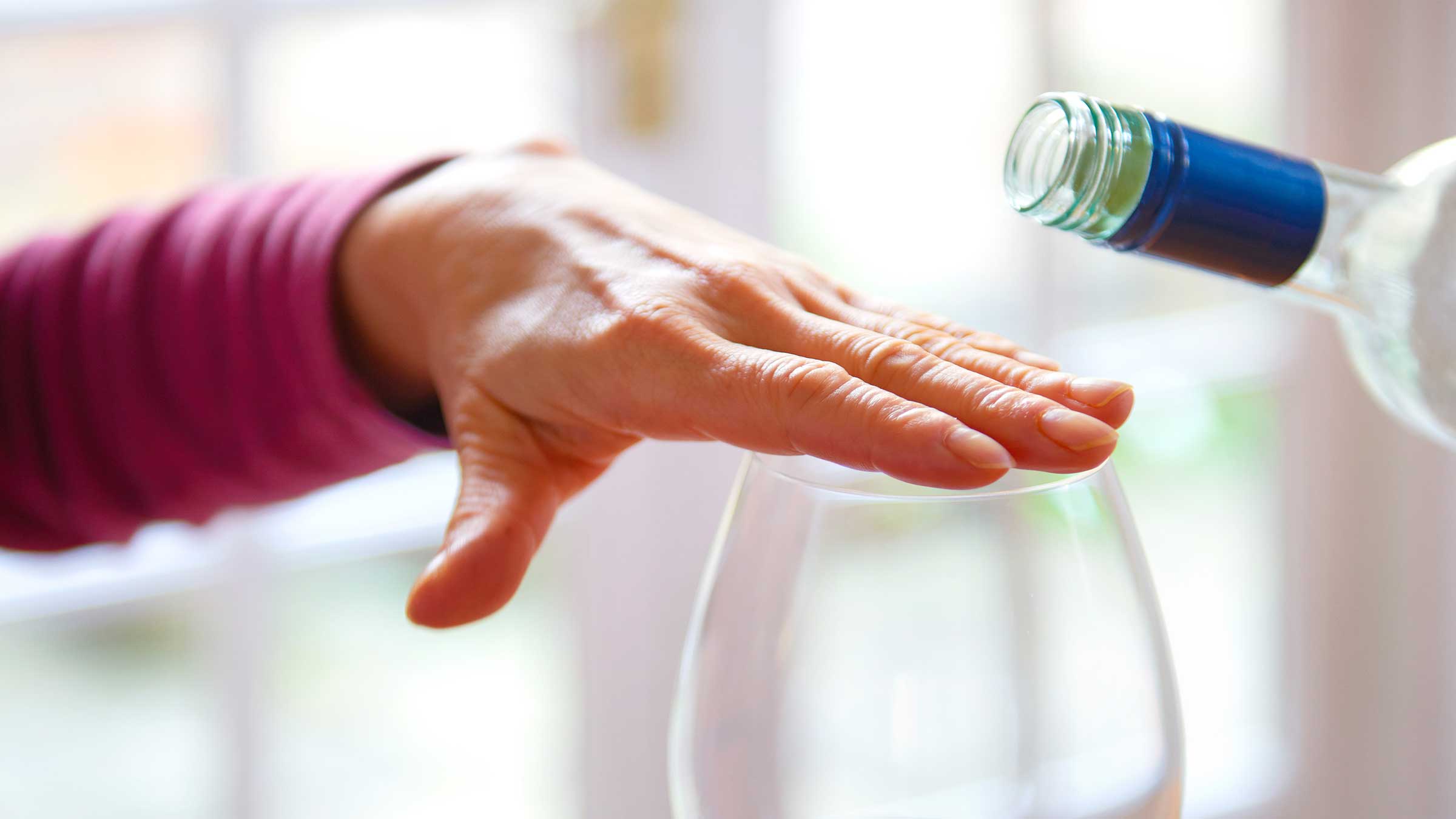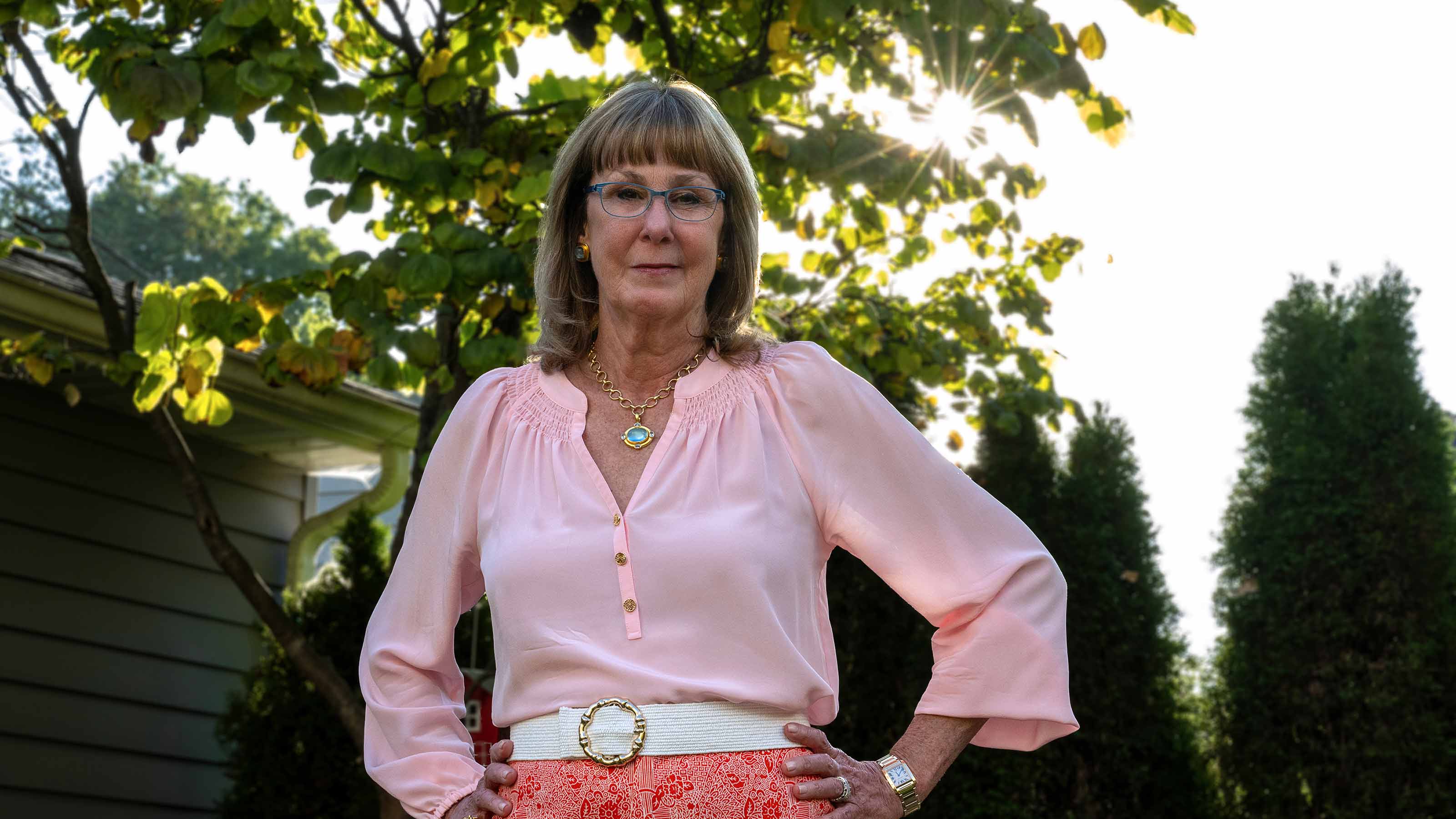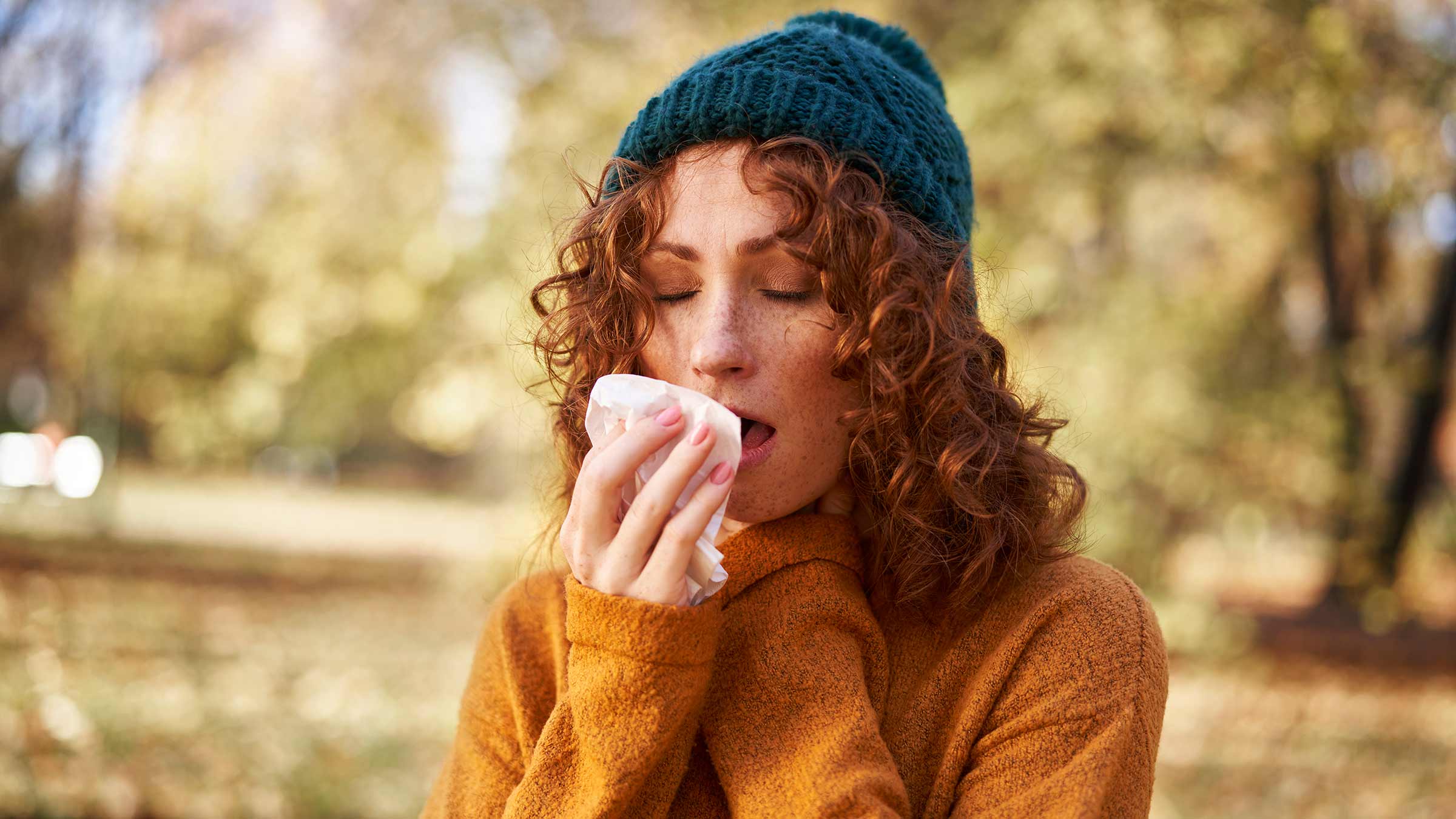
If you’ve grown accustomed to that glass of wine with dinner or a couple of happy hour drinks with colleagues after work, you may want to rethink your routine.
A recent U.S. surgeon general report deviated from 45 years of federal assurances that one to two drinks per day are unlikely to harm health. The new report tells Americans that no amount is safe when it comes to preventing at least seven types of cancer.
The advisory says alcohol use is the third leading preventable cause of cancer in the United States, after tobacco and obesity.
It notes a well-established link between alcohol and risk for cancers of the:
- Breast
- Colorectum
- Esophagus
- Liver
- Mouth
- Throat
- Voice box
No safe amount of alcohol
These types of advisories mandate that the health care community rethinks about alcohol and how it affects overall health and well-being, says David Cohn, MD, interim CEO and chief medical officer at The Ohio State University Comprehensive Cancer Center – Arthur G. James Cancer Hospital and Richard J. Solove Research Institute (OSUCCC – James).
“The surgeon general’s report does not allow us to say that any amount of alcohol is known to be safe. That's a really important statement,” Dr. Cohn says. “It used to be that one drink for women and two drinks for men was an acceptable, safe level of alcohol. When it comes to cancer, that’s no longer correct.”
Since 1980, when the U.S. Department of Agriculture (USDA) began issuing its “Dietary Guidelines for Americans” every five years, the USDA has suggested that drinking moderately, at one to two drinks per day, was unlikely to be harmful to health or would minimize any associated health risks. It began defining “moderate drinking” as one drink per day for women or two drinks per day for men in 1990, a definition that remains in guidelines that expire in 2025.
The Jan. 3 advisory from then-U.S. Surgeon General Vivek Murthy, MD, MBA, calls for a reassessment of these guidelines as well as updated warning labels on alcoholic beverages. It also recommends stronger public health, community and education efforts to raise awareness, promote alcohol use treatment and foster cancer prevention.
What the report says about alcohol and cancer risk
Alcohol-related cancer cases and deaths
Each year, there are about 100,000 alcohol-related cancer cases and about 20,000 alcohol-related cancer deaths. This compares with about 13,500 alcohol-related traffic-crash deaths.
Emphasized risk for breast cancer
Breast cancer accounts for a large portion of alcohol-related cancers. More than 16% of total breast cancer cases can be attributed to alcohol consumption.
Alcohol has long been known to be a risk factor for developing breast cancer and potentially breast cancer recurrence after an initial diagnosis, says Dionisia Quiroga, DO, PhD, a breast medical oncologist at the OSUCCC – James and assistant professor of Medical Oncology at The Ohio State University College of Medicine.
“That’s not to say that alcohol was the sole reason why an individual developed breast cancer, but it increases the likelihood that cancer would occur versus somebody who doesn't drink, or doesn't drink as frequently,” she says.
Risk increases as alcohol consumption increases
An additional five out of 100 women and an additional three out of 100 men would risk developing cancer if they were to go from not drinking at all to having two drinks per day.
However, for certain cancers (breast, mouth, throat), the risk of developing cancer may start to increase around one or fewer drinks per day.
How alcohol increases cancer risk
Dr. Quiroga explains how alcohol can lead to an increased risk of developing cancer.
Increasing oxidative stress
Oxidative stress in our cells is what we help decrease when we eat certain nutritious foods that contain antioxidants. Alcohol, on the other hand, increases oxygen species that allow this stress to accumulate. Even if we consume foods high in antioxidants, it can lead to increased damage to cells.
Breaking down into dangerous acetyl-aldehyde
Alcohol, or ethanol, typically breaks down into acetyl-aldehyde, a toxin that can cause DNA damage. When there are breaks in DNA, it creates something like typos in our genetic code that can lead to cancer development.
Increasing hormone levels
Specific to breast cancer, alcohol is also known to increase levels of different types of hormones, including estrogen. The most diagnosed type of breast cancer is one that uses estrogen as its fuel source.
Making other carcinogens more harmful
Alcohol exposure can make other things that cause cancer more destructive. For someone who uses cigarettes, alcohol can make the risk from the tobacco even more harmful, for example.
What you can do about alcohol and cancer risk
Reconsider drinking moderately. If you’re drinking one or two servings of alcohol each day, it’s too much.
According to the report, about 17% of alcohol-related cancer deaths in the U.S. happen to people who drink within the recommended limits.
“We now know that if somebody’s drinking alcohol every day of the week, even in smaller amounts, that cumulatively can still cause a lot of problems in the body that can lead to an increased risk for cancer,” Dr. Quiroga says.
As far as drinking occasionally, the data is still very limited.
“We don't know the safe amount. I typically tell people to use caution and don’t drink most days out of the week, but it’s still considered OK to have a drink occasionally,” Dr. Quiroga says.
Dr. Cohn adds that people will make decisions based on personal risk tolerance and their own backgrounds, genetic makeup and history.
“While there might be seven cancers that have an increased probability of occurring with exposure to increasing levels of alcohol, it doesn't mean that if you drink alcohol, you're going to get one of those seven cancers. It doesn't mean that if you avoid alcohol, you're not going to get them. But it’s another piece of information that helps people to make decisions for themselves,” he says.

Accurate, early cancer diagnosis matters
The James Cancer Diagnostic Center gives patients direct, expedited access to diagnostic testing and consultation with Ohio State cancer experts.
Schedule an appointment today



